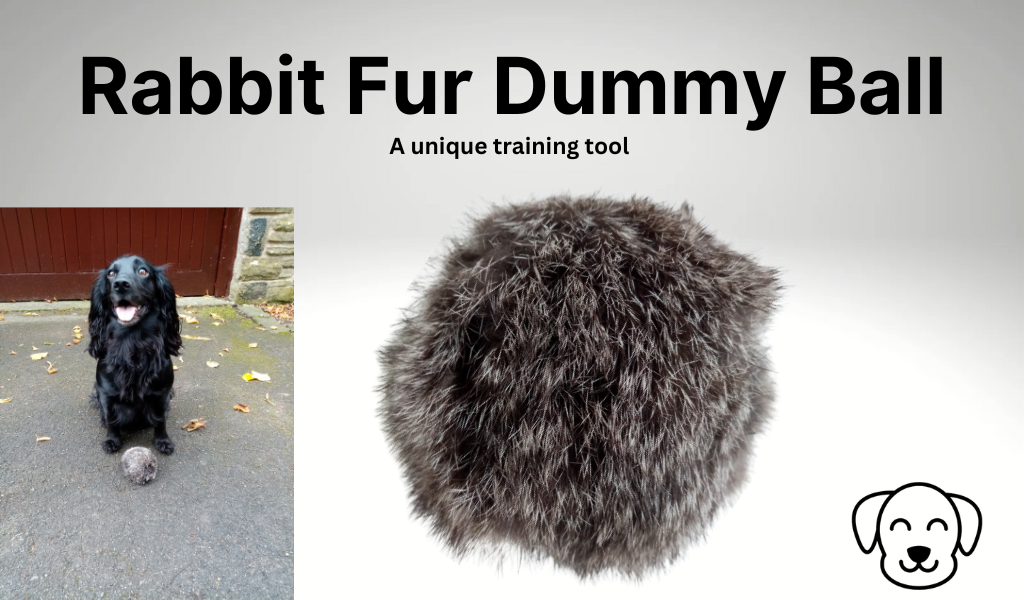
The Rabbit Fur Training Dummy Ball From Goygar
Discover how our Rabbit Fur Dummy Ball can enhance and improve your gundog training.
Get Great Deals On Gundog Gear at www.goygar.com

Discover how our Rabbit Fur Dummy Ball can enhance and improve your gundog training.

Discover the ultimate guide for training your new Cocker Spaniel puppy! Essential tips and tricks for teaching your pup everything they need to know.
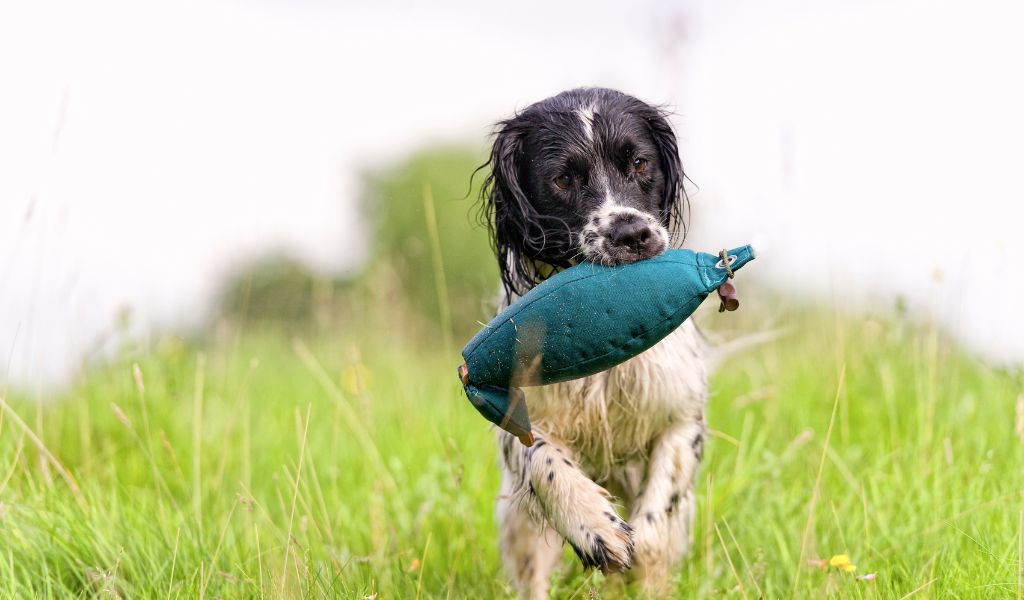
Discover effective Cocker Spaniel gundog training for puppies and working dogs. Whether you’re a seasoned trainer or new to gundogs, our techniques will help.
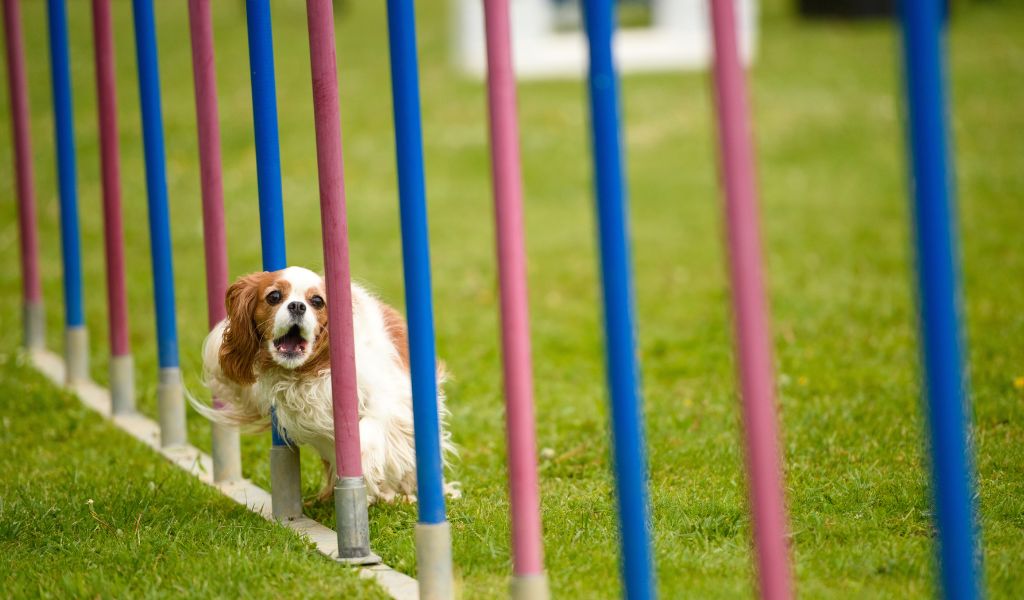
Cavalier King Charles spaniels are intelligent dogs that enjoy and respond well to training.
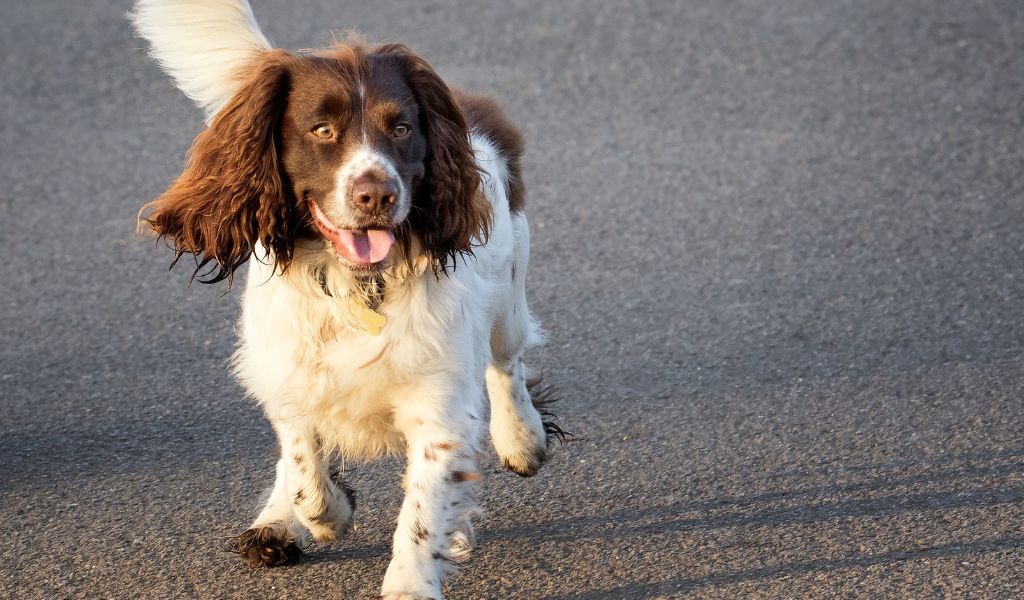
English Springer Spaniels are intelligent dogs that love training and with the right handling will quickly learn.
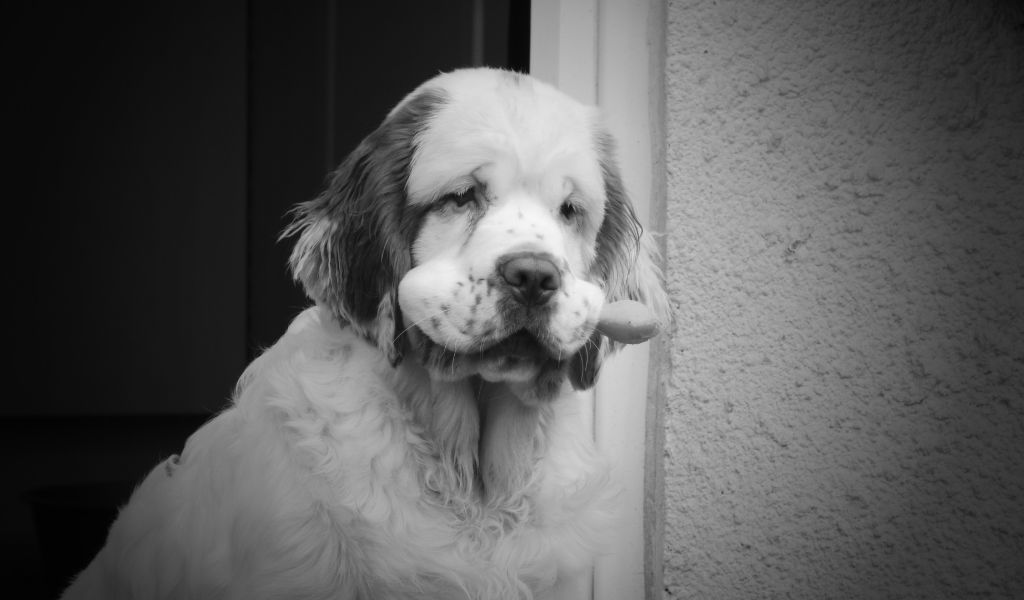
There are many different commands to teach a Clumber Spaniel. These are the most common.
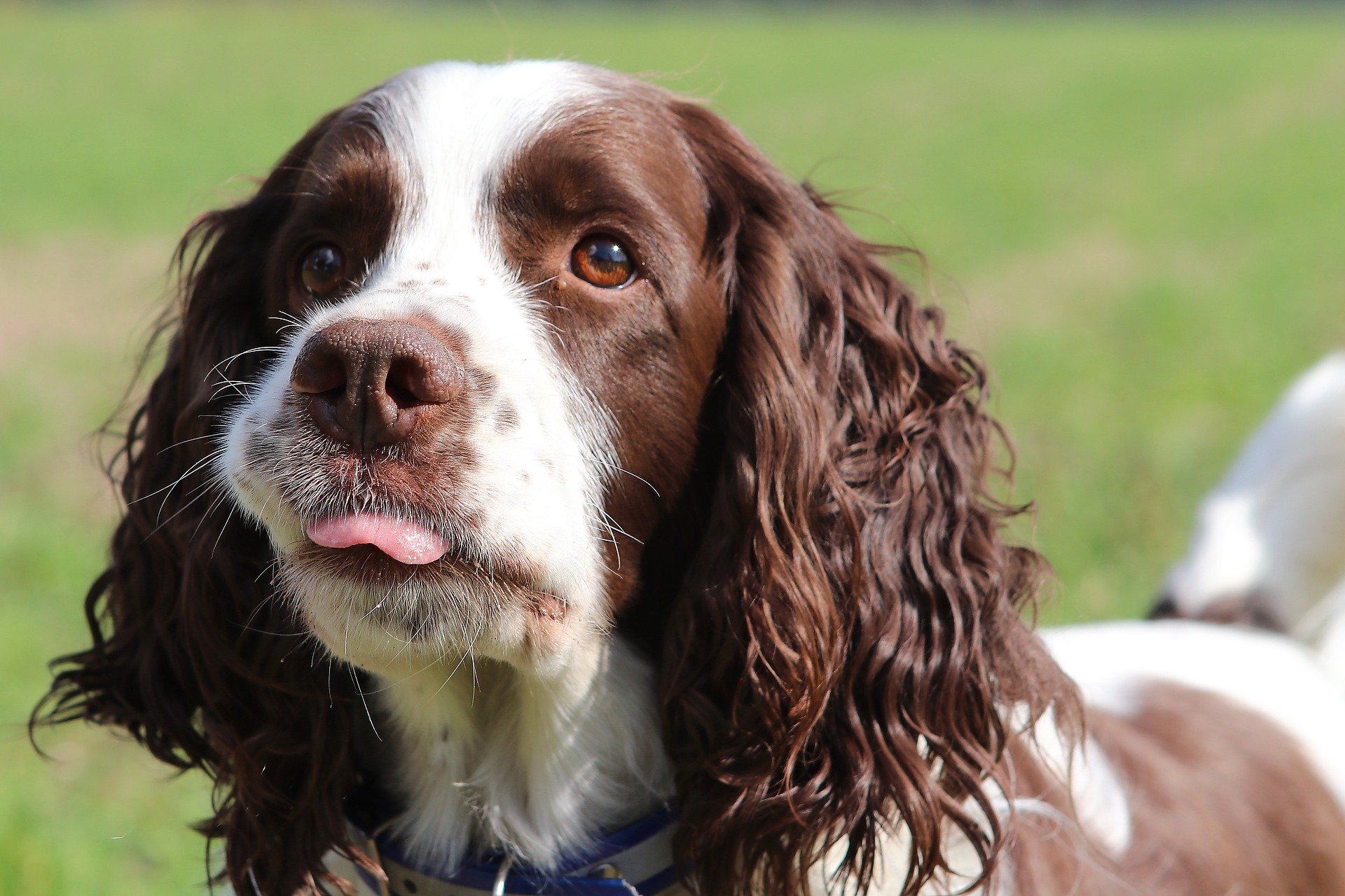
A key aspect of spaniel training is getting your spaniel to stop on the whistle. Let’s take a look at the way to achieve this.
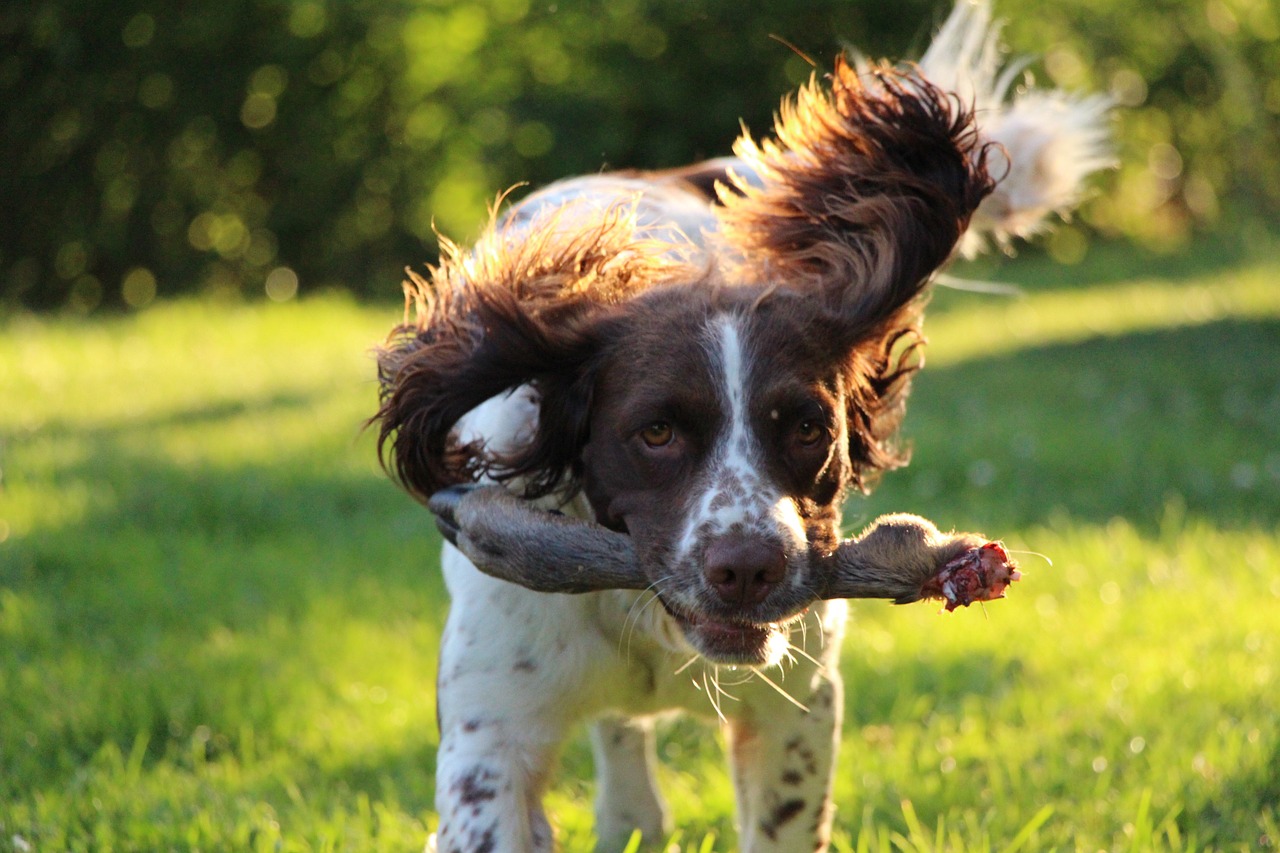
Learn the basics of spaniel training from an expert and set the foundation for a well-behaved, obedient adult dog. With practical tips and insights, you can train your spaniel to a high standard and enjoy the rewards of owning a skilled working dog and loyal companion.
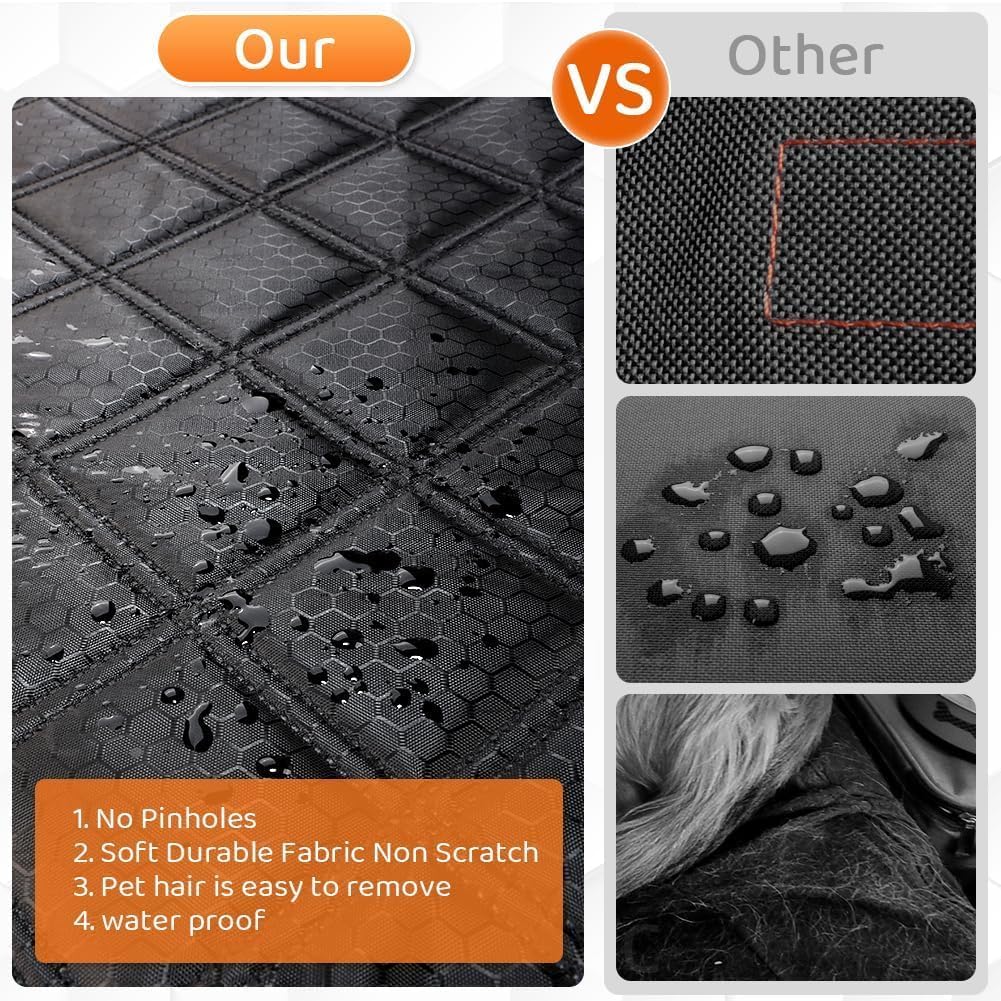
Product DescriptionA must-have for pet owners! This dog car mat is a cozy nest for your pet.Dear family members, are you constantly worried about your four-legged friend making a mess in your car? This dog car mat is a lifesaver!Dirt-resistant and wear-resistant – protects your car: Made of high-quality Oxford fabric with a specially treated…
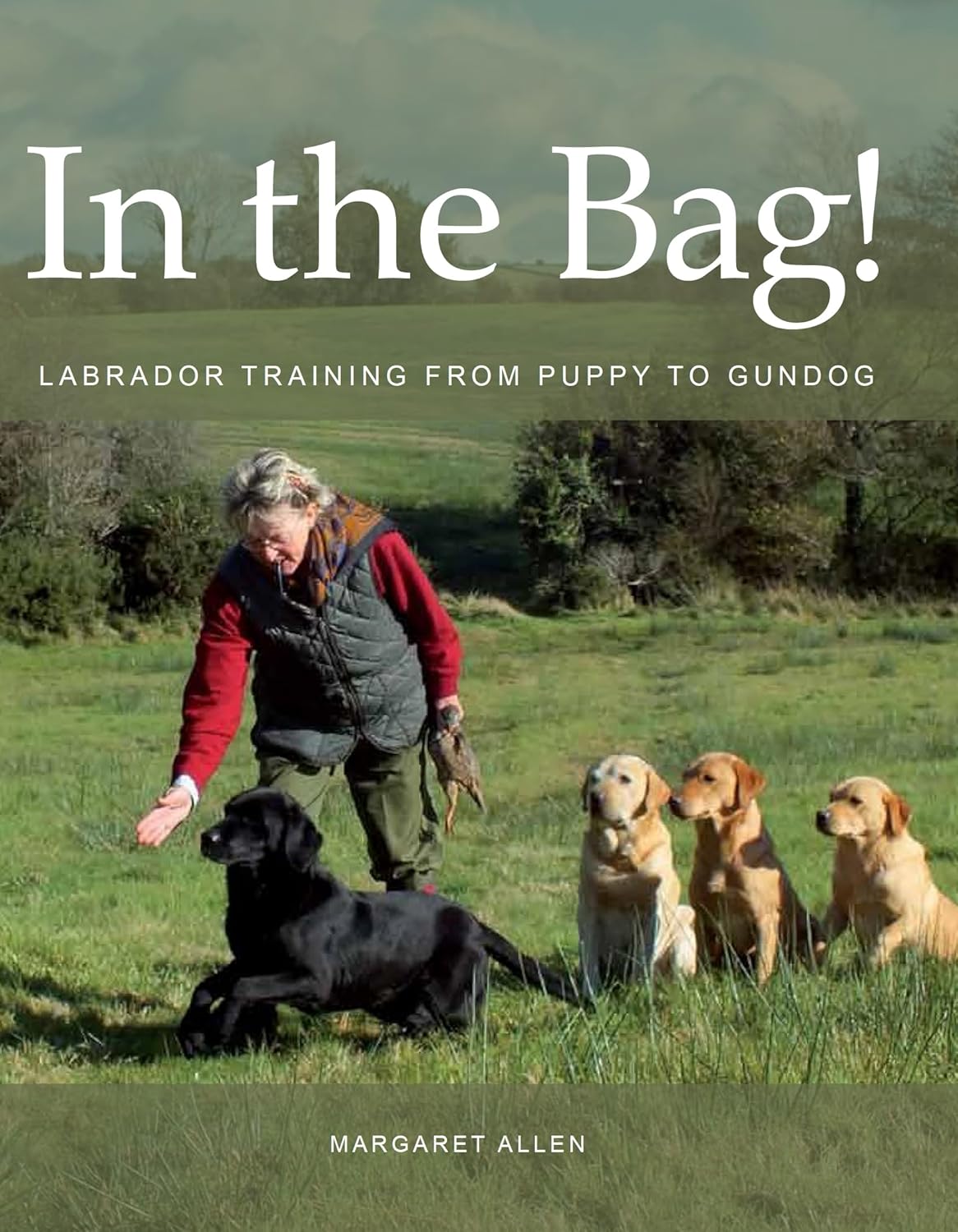
In the Bag! offers a fresh approach to gundog training for beginners and seasoned trainers alike. It contains sound advice on the selection of your Labrador Retriever and valuable information regarding his care and management from puppy to veteran. It gives step-by-step guidance on his training and how to make smooth progress towards the finished…
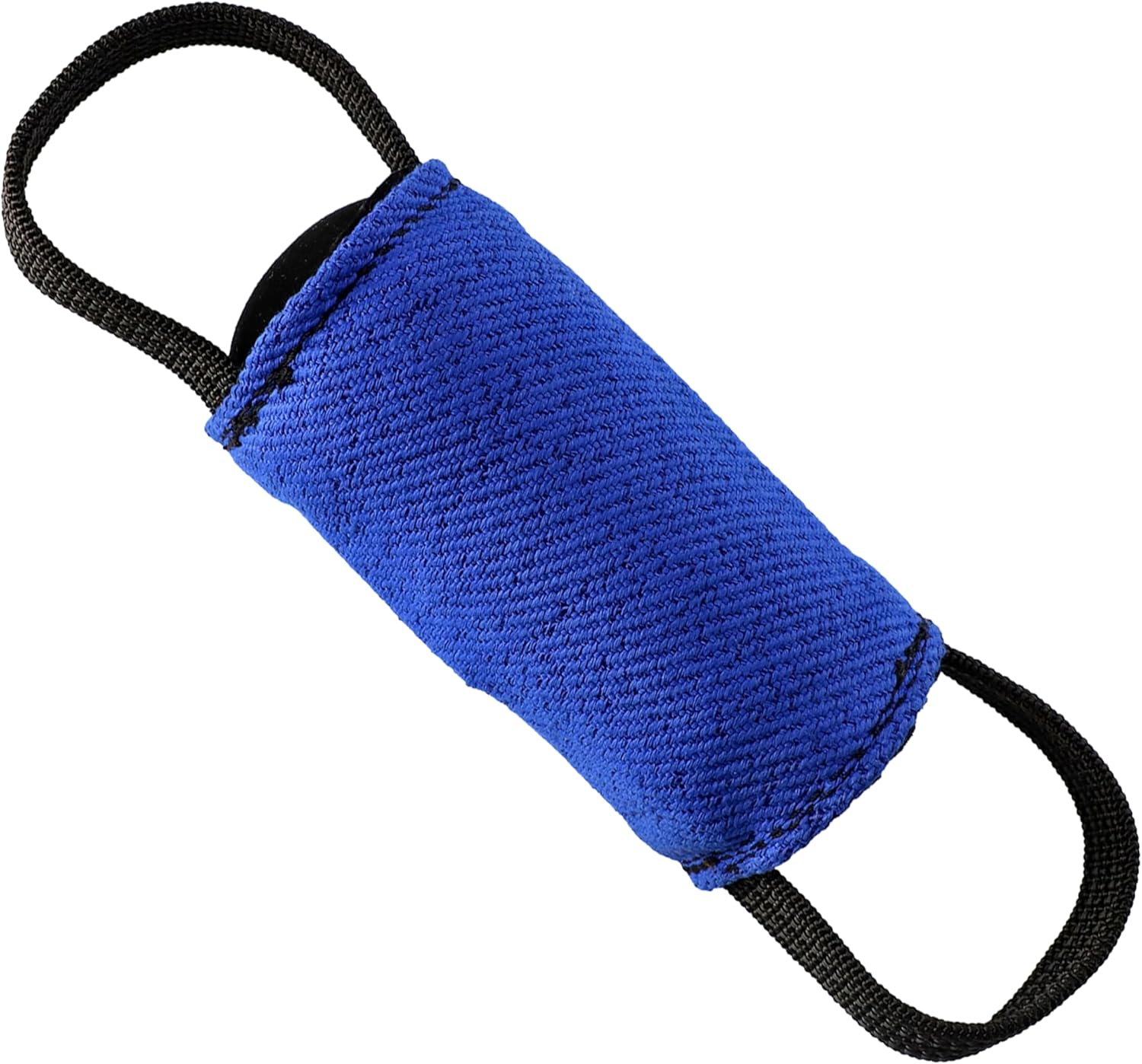
Does your dog dream of a durable tug toy for playtime and spending time with you during training sessions? Discover our cylinder-shaped training dummies and elevate your training experience and, of course, bonding with your furry friend. With two strong handles, these toys allow for tug of war and easy carrying. The roll/cylinder construction provides…
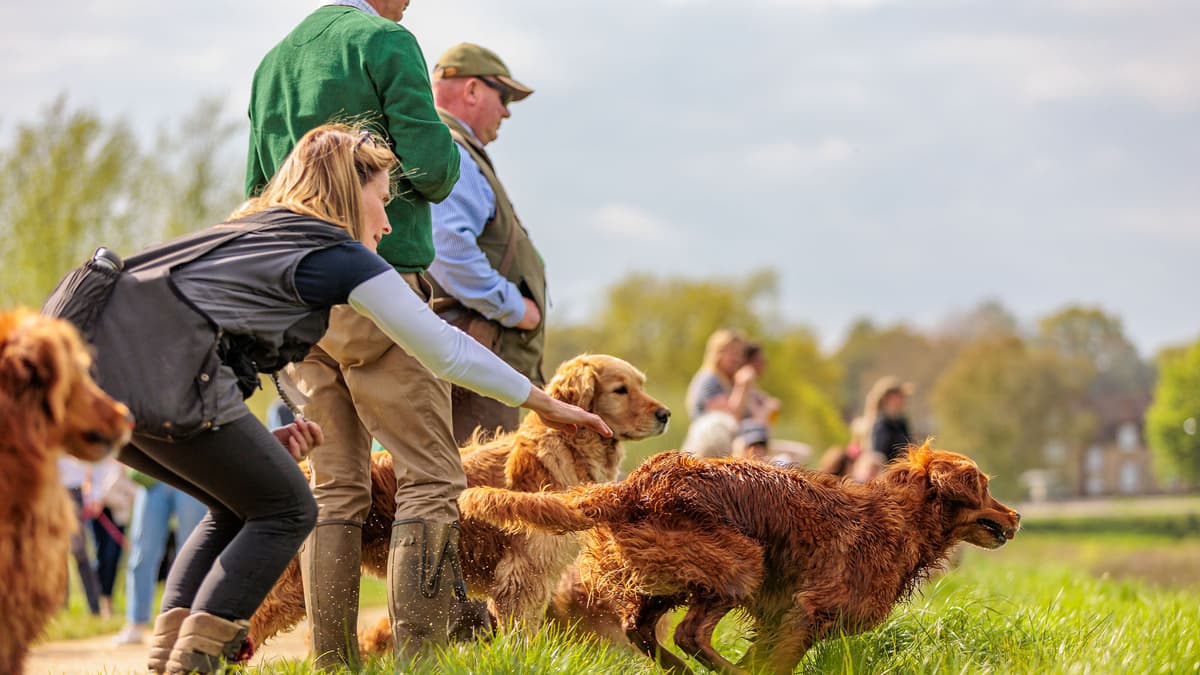
Some of the best gundog handlers in the world will gather at Cowdray on Saturday, April 26 for the Cowdray Gundog Challenge, with proceeds going to Midhurst Palliative Care. Organised by Cowdray’s award-winning gundog trainer Jason Mayhew, the event has become the UK’s largest team test, with 17 teams of four dogs competing in a…
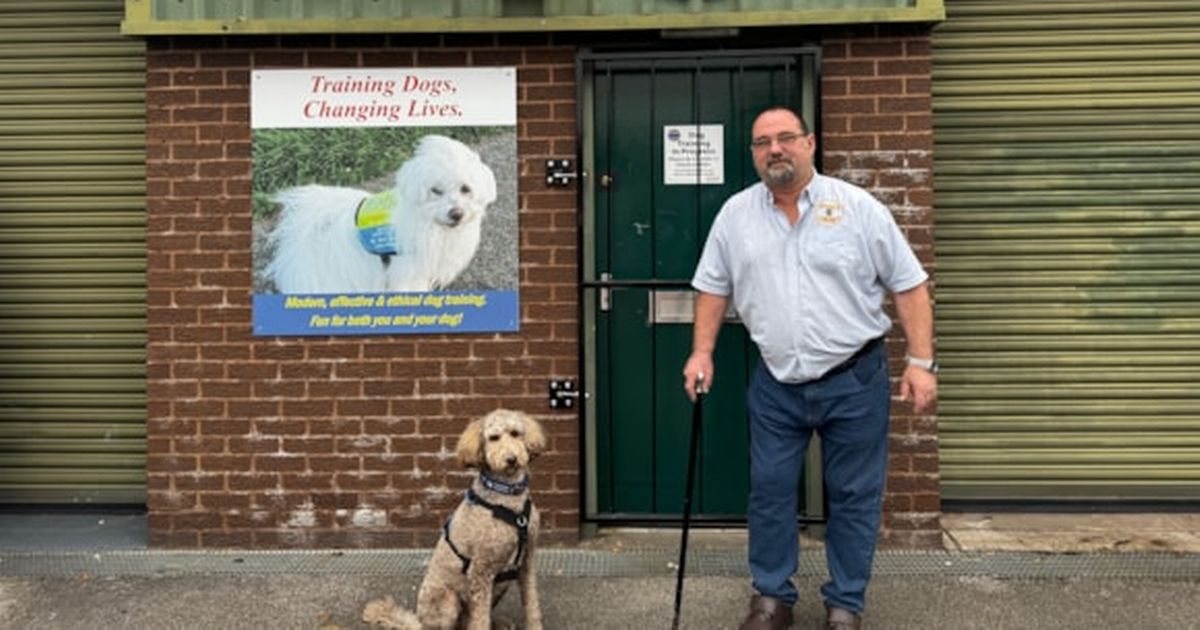
Scott Allen, founder of Scamp’s School of Dog Training, suffers with nerve damage in his spine Scott Allen with his dog, May(Image: Staffordshire County Council) A man has shared how he helps disabled people train their own assistance dogs, having done so himself with his pet pooch, May. Scott Allen founded Scamp’s School of Dog…

ALEXANDRIA, Va. (7News) — On the corner of Oronoco and North Asaph streets in Alexandria is a 50-year history of training over 20,000 dogs in the Virginia community. Carlos and Sandy Mejias opened a family-owned and operated grooming and pet training store, The Olde Towne School for Dogs. Carlos and Sandy Mejias opened Olde Towne…
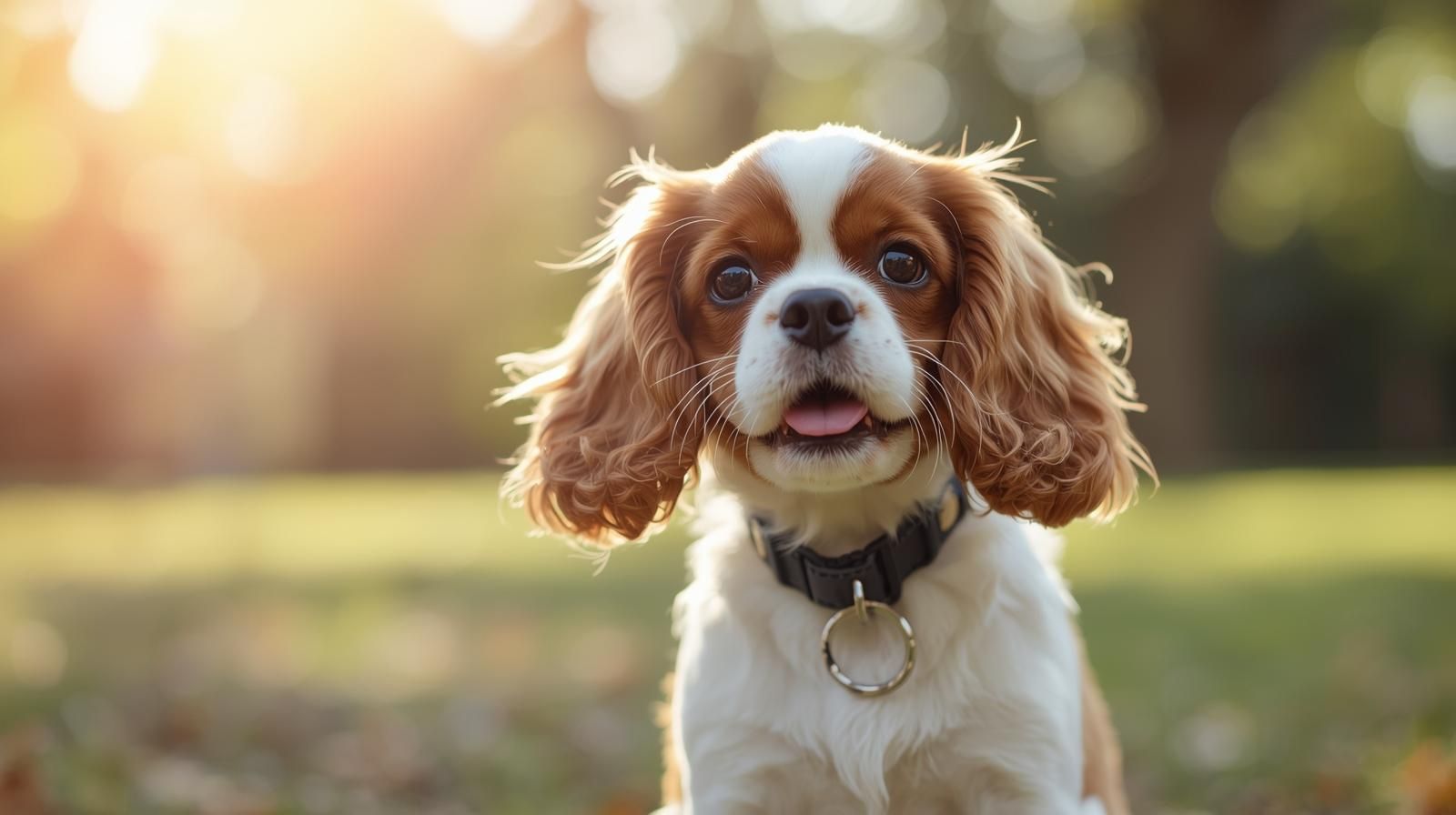
Welcoming a new baby or family member is exciting, but it can be a big adjustment for your Cavalier King Charles Spaniel. With the right preparation, you can help your dog stay calm, secure, and happy. From routine changes to safe spaces and first introductions, discover practical steps to ensure a smooth transition for everyone.
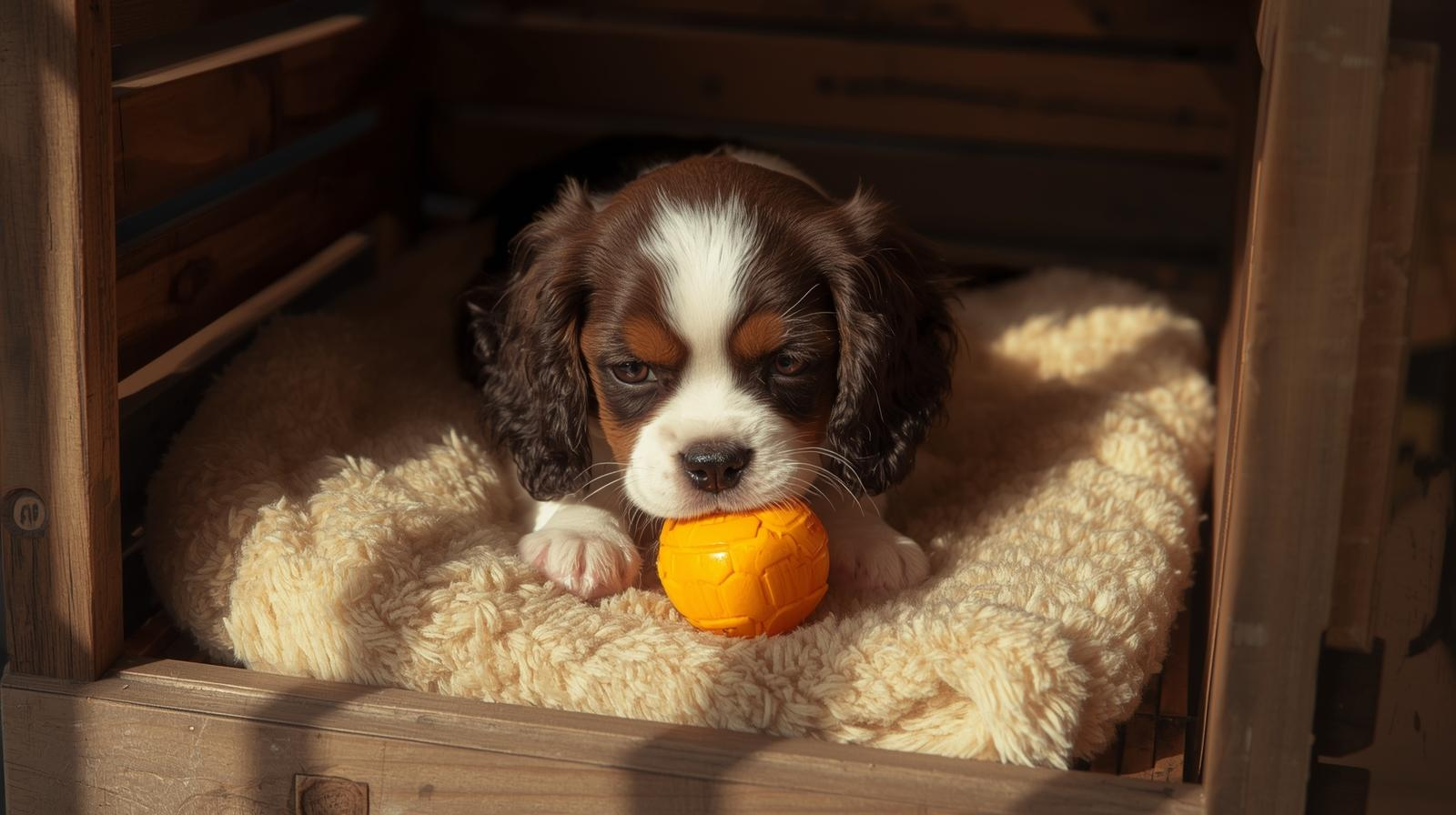
Crate training offers your Cavalier King Charles Spaniel more than just convenience — it provides safety, comfort, and structure. From supporting house training to reducing anxiety and preventing destructive behaviour, a crate can quickly become your Cavalier’s safe haven. Learn how this simple training method can transform daily life for you and your dog.
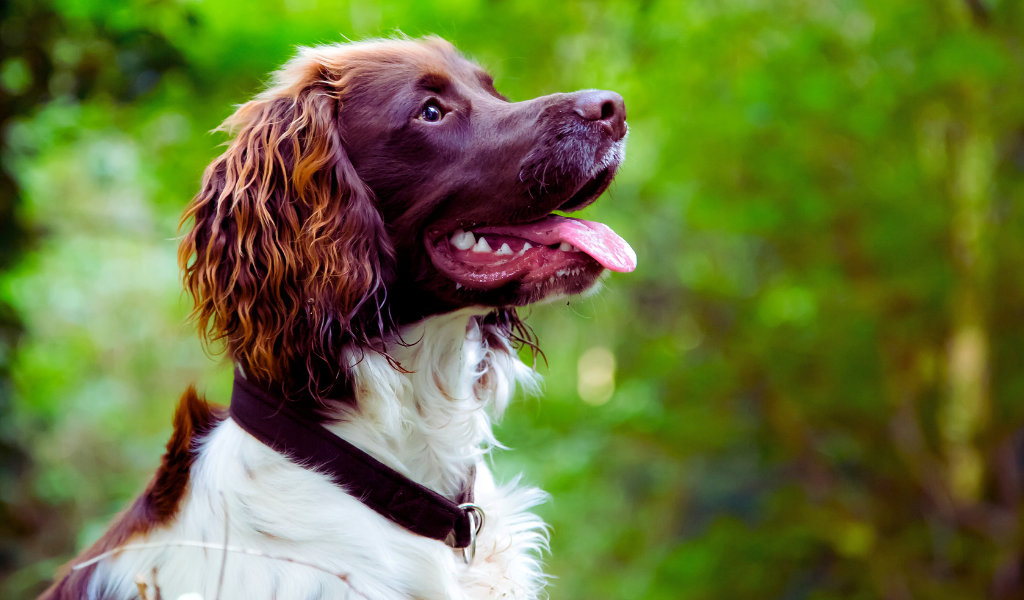
Springer spaniels. Jack of all trades or master of none? Discover if they are good working dogs.
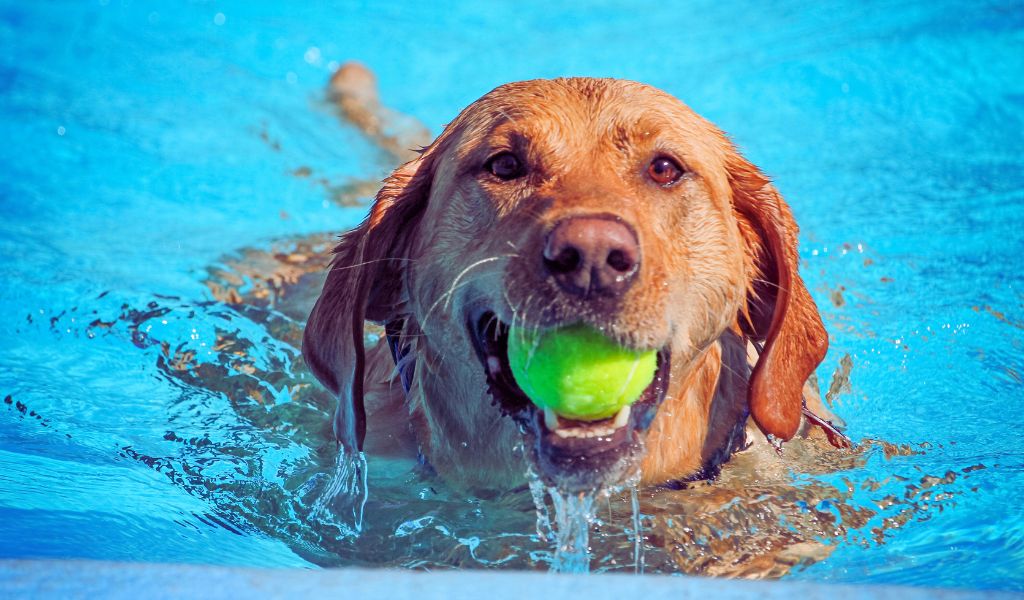
Learn about the safety of letting your dog swim in a chlorine pool. Discover the benefits, potential risks, and preventative measures to ensure a safe and enjoyable swimming experience for your canine companion. Get expert insights and tips for the best experience.
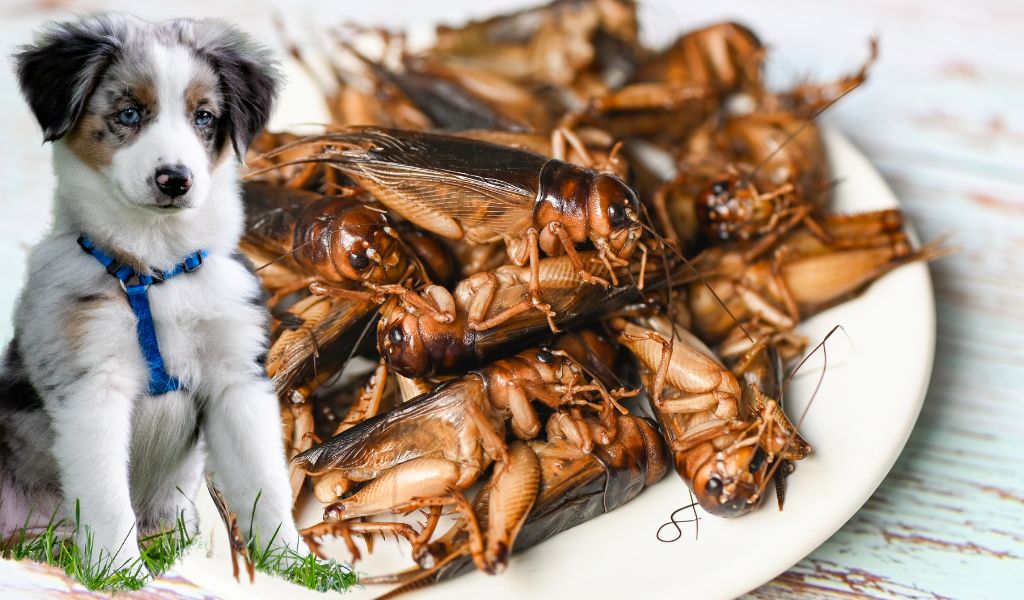
Discover the benefits of insect-based dog food, a sustainable, nutritious, and hypoallergenic alternative to traditional pet food. Learn how it supports canine health and reduces environmental impact.
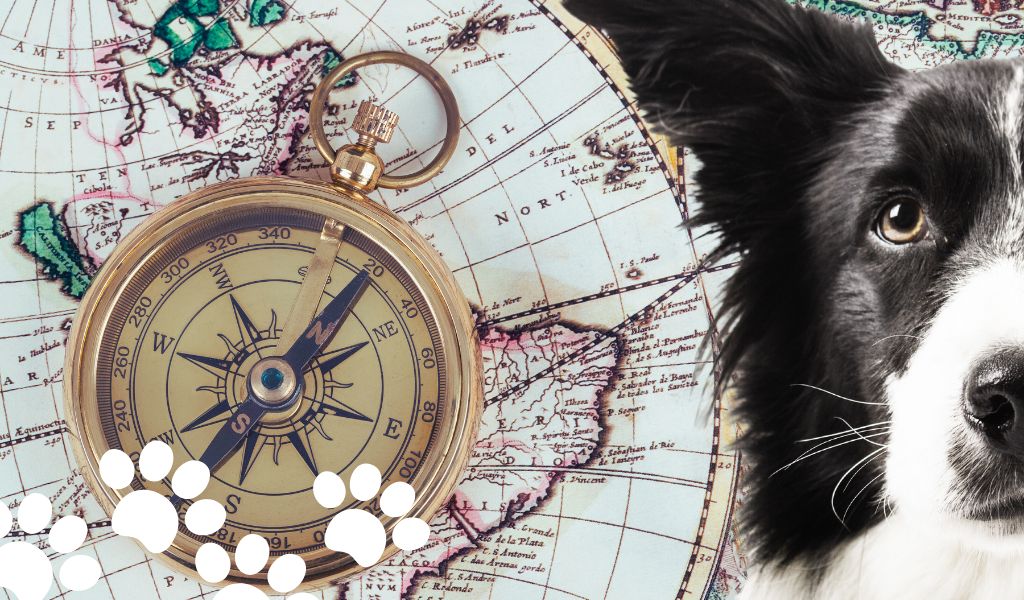
Discover how dogs find their way home using their exceptional sense of smell, hearing, visual cues, and possibly an innate magnetic sense. Learn about scientific studies, breed differences, and practical tips to enhance your dog’s navigation skills.